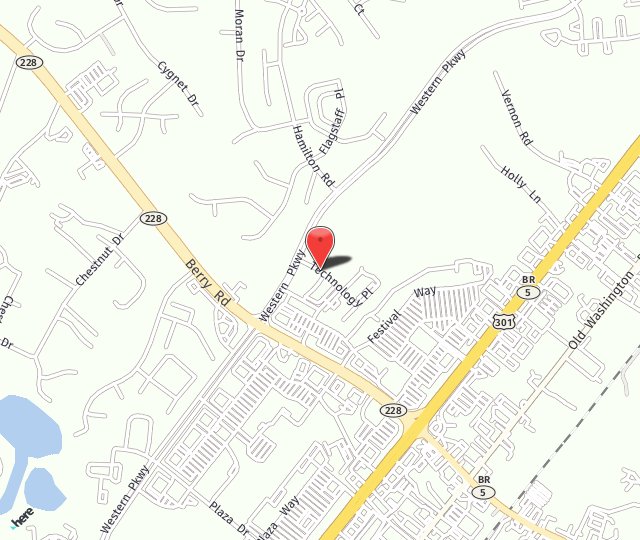
A healthcare provider may recommend uterine fibroid embolization to address symptoms such as:
- Pain or fullness in the abdominal area
- Pain during sexual intercourse
- An enlarged uterus
- Bloating or constipation caused by pressure on the bowels
- Urinary urge caused by pressure on the bladder
- Low blood count associated with uterine fibroids
- Back or leg pain caused by uterine fibroids pressing on nerves
Uterine fibroid embolization may also be recommended for other reasons, such as traumatic physical injury causing excessive vaginal bleeding. An example of this may be hemorrhage after childbirth.
Uterine fibroid is a minimally-invasive procedure performed with contrast dye and high-definition x-ray imaging. This guides the microcatheter from an insertion point like the femoral artery to the site of the fibroids. The guidance indicates which uterine arteries are feeding the tumors, and the interventional radiologist inserts micro-particles into these arteries. This prevents the fibroids from receiving further blood supply, causing their death.
Studies indicate that the uterine fibroid embolization procedure is very effective. Nearly 90 percent of patients report significant or complete improvement of their symptoms. Imaging studies show that fibroid tumors are reduced to half of their original volume and 20 percent of their original diameter after embolization. This is enough to eliminate the pressure that fibroids may cause on adjacent nerves and organs, which is why symptoms tend to improve so significantly.
After Uterine Fibroid Embolization
The UFE procedure is performed using sedation and a local anesthetic. Patients may feel a bit of pressure as the tiny catheter is inserted, but this is not painful. After the procedure, patients remain in the treatment room for a few minutes while a member of the surgical staff applies pressure to the insertion site in the groin. Once bleeding has stopped, the patient may be moved to the recovery area where they will be monitored for a few hours as they lie flat to prevent further bleeding. The patient can be moved to a hospital room or sent home once anesthesia has worn off enough for them to be alert.
Uterine artery embolization is a relatively conservative procedure in that it preserves the uterus. If you would like to know more about this procedure, contact us at (301) 374-8540.

